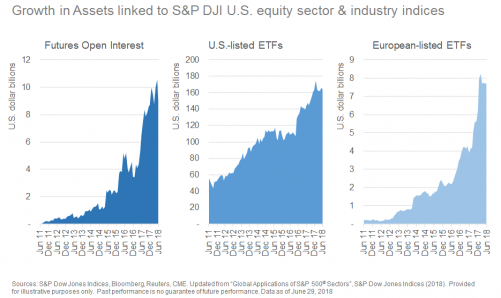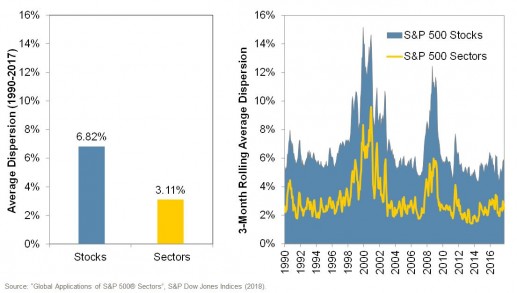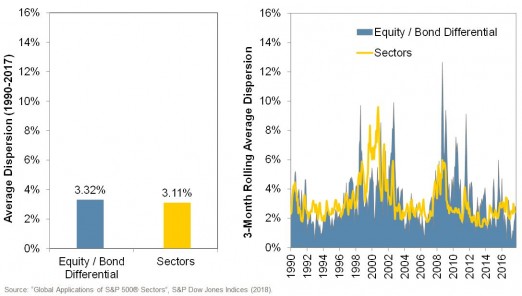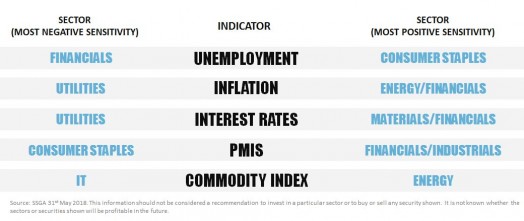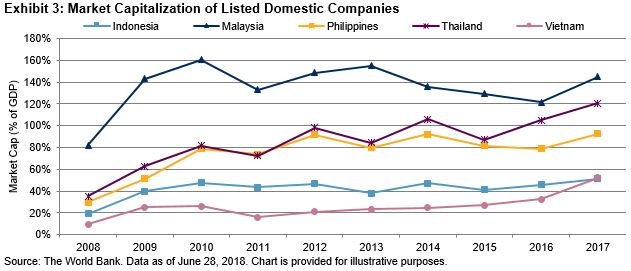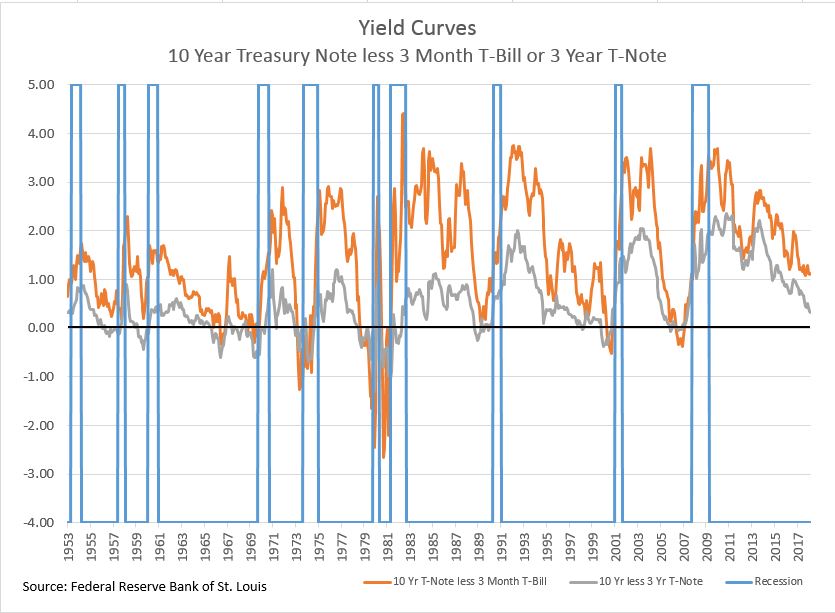Our colleagues at S&P Global Market Intelligence recently completed a paper analyzing the impact of exchange-traded funds on stock-level pricing. Their work found that “…the impact of ETF trading is transient and of only a modest magnitude under even extreme assumptions” (my italics). This conclusion is a rebuttal to critics who believe that the growth of ETFs has distorted the capital markets and diminished market efficiency.
In our view, such criticisms conflate issues that all market participants face with issues that are uniquely attributable to index funds. From the standpoint of formal logic, the critics confuse proximate with ultimate causation.
If index funds are net sellers on a day when the market is otherwise under pressure (e.g., February 8, 2018), their selling may well cause the market’s decline to be greater than it otherwise would have been. That decline will be transmitted, to one degree or another, to each of the index’s component stocks. In that sense, the liquidation of ETFs might be a proximate – i.e., immediate or near-term – cause of the decline in the values of most index components.
But ETFs are only one type of index vehicle, and index vehicles are only one type of investment portfolio. Surely the ultimate cause of the decline in stock market values on February 8th was the desire of investors to reduce their equity exposure. In any such environment, prices are likely to fall. We would argue, in fact, that the existence of passive vehicles can actually mitigate the extent of a market pullback.
To see this, imagine that there were no index funds and that the ETF wrapper had never been invented. In that environment, if investors decided to reduce their equity exposure, they would liquidate actively-managed portfolios rather than passive ETFs. The extent of the overall selling would be the same but, since active portfolios are less diversified than index funds, the effect on individual securities would arguably be even greater (as those of us who remember October 1987 will readily concede).
Investors may or may not have been correct in their desire to reduce equity exposure on February 8th. But to blame the role of ETFs, or of passive management generally, is a red herring. ETFs are simply a more efficient way to do what investors wanted to do, and would have done, regardless.
The posts on this blog are opinions, not advice. Please read our Disclaimers.



